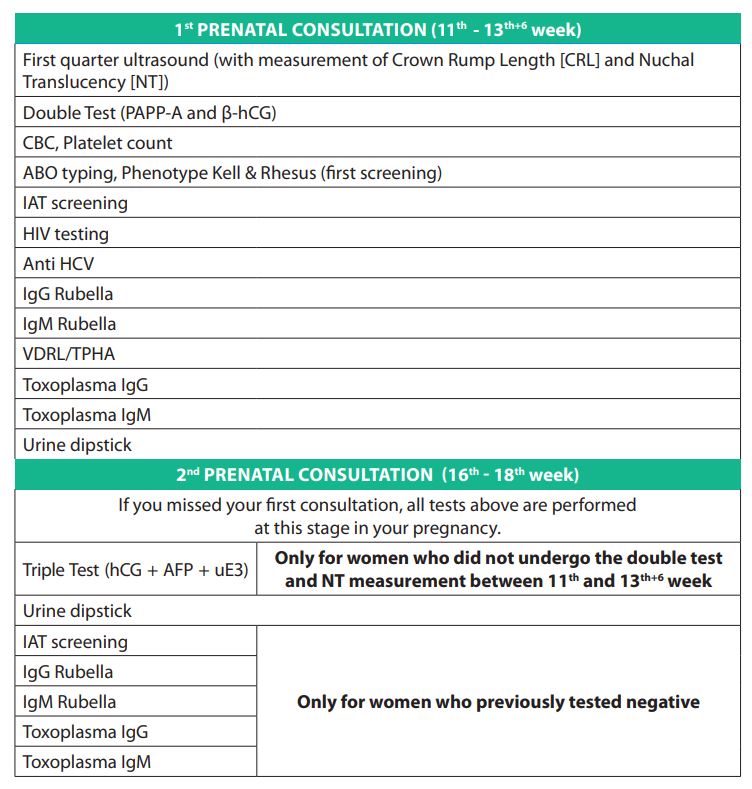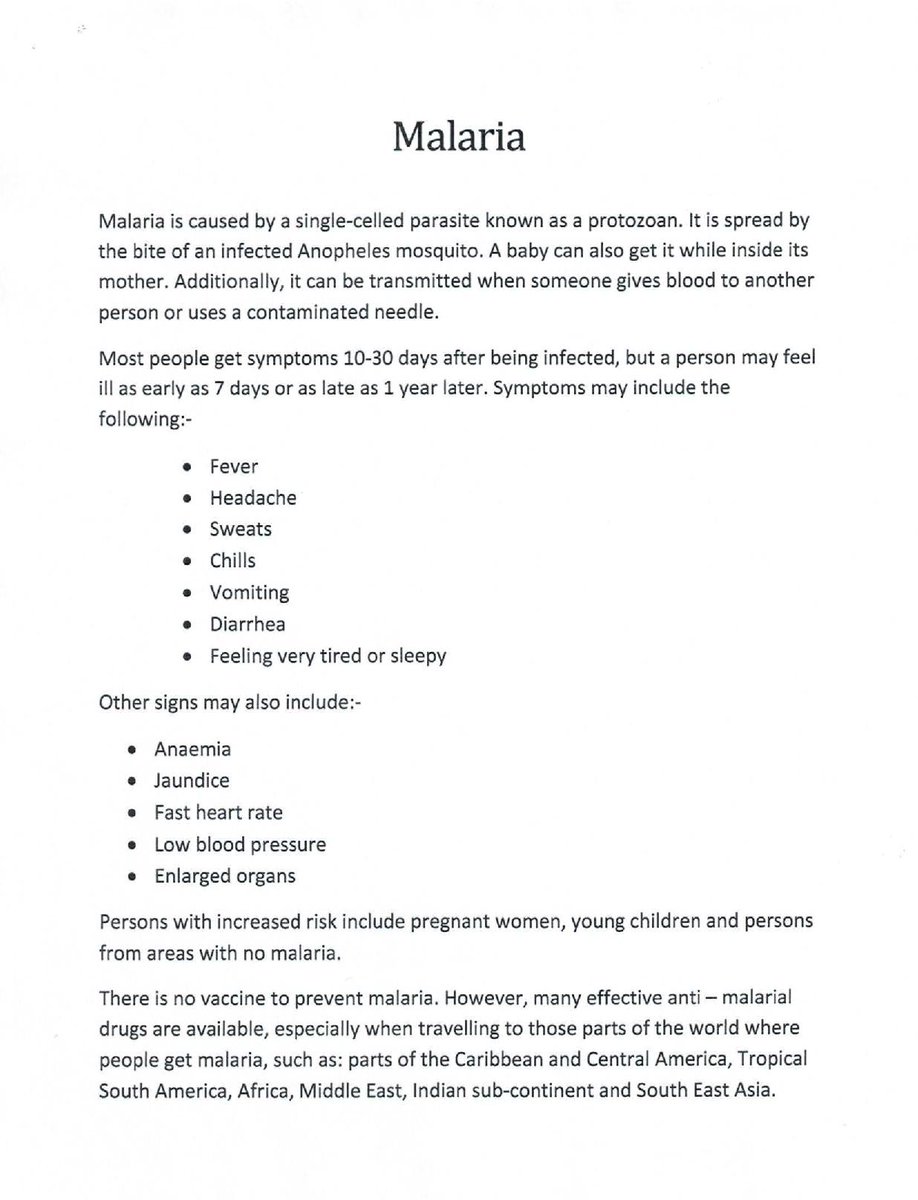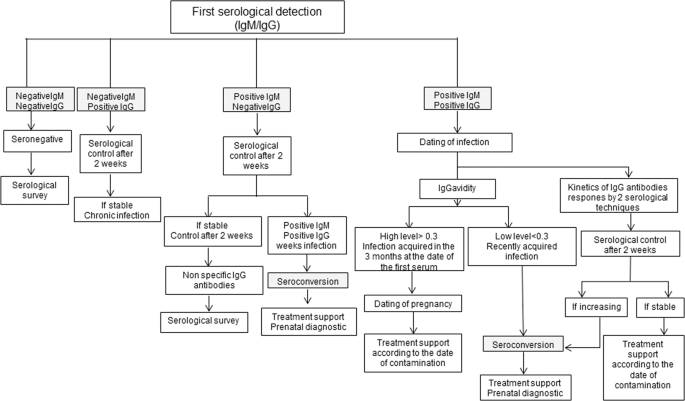

Keep your cat’s fur free of stool contamination.Litter boxes should be regularly scrubbed and cleaned with scalding water (see the Worms & Germs Resources page for more information on Litter Boxes).If a pregnant woman must clean the litter box, it should be done daily so that Toxoplasma does not have enough time to become infectious.

Pregnant women should not have contact with litter boxes (or any cat feces) if possible – preferably another person should do the litter box cleaning.Pregnant women do not need to give up their cats! A few basic measures can greatly reduce the risk of transmission of Toxoplasma from cats to pregnant women: While it appears to be rare these days, some women are still advised to get rid of their cats if they are pregnant. This key point can greatly reduce the risk of transmission from a cat, if the cat’s litter box is cleaned out on a daily basis.Īny infection that can potentially have devastating effects on a fetus needs to be taken seriously. It takes 24 hours or more for Toxoplasma in cat stool to become infectious – a person cannot be infected with Toxoplasma from fresh stool. Only a very small percentage of cats are shedding Toxoplasma at any one time, but the proportion can be higher among cats that go outside, hunt or are fed raw meat. Pregnant women who were exposed to Toxoplamsa before they became pregnant, and therefore already have antibodies against the parasite, are not at risk.Ĭats are the only animal species that can spread Toxoplasma in their stool. But the real risk occurs when a woman who has not been previously exposed to Toxoplasma becomes infected during pregnancy. Infection of a pregnant woman with Toxoplasma can cause birth defects or even miscarriage. Toxoplasmosis is caused by the protozoal parasite Toxoplasma gondii.

Toxoplasmosis is one disease that gets a lot of attention from pregnant women.

A developing fetus is more susceptible to some diseases that may typically have little to no effect on an adult. And the risk can change in certain situations, such as pregnancy. Some of the diseases involved are minor or even insignificant, while others are potentially devastating. There is a degree of risk of disease transmission from any contact with an animal, just as there is from any contact with another person.


 0 kommentar(er)
0 kommentar(er)
